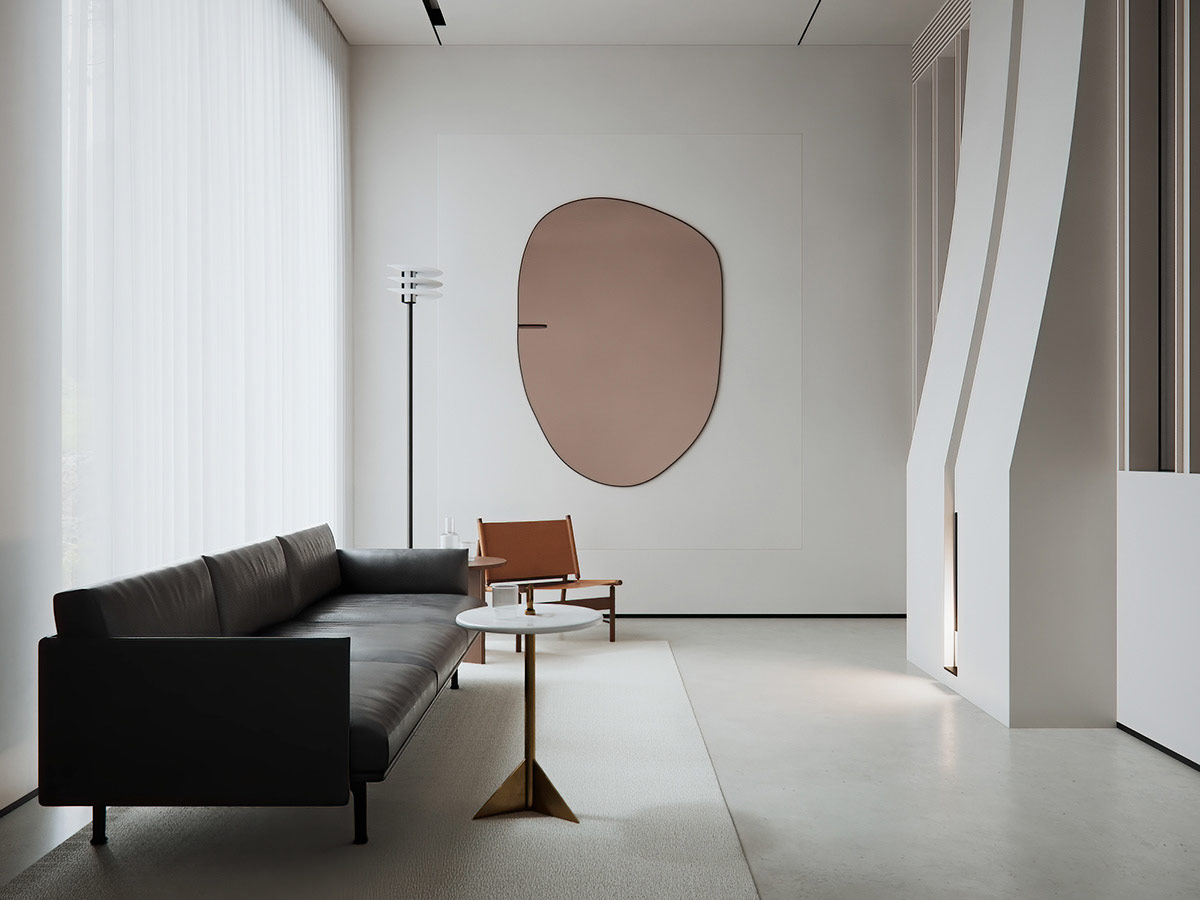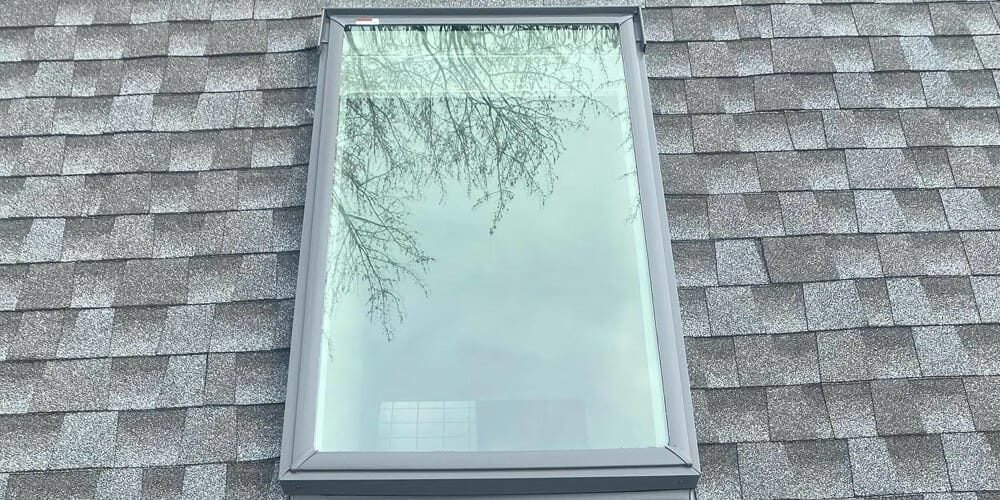
Elevating Your Lifestyle: Home Wellness Tips for a Healthier You
Your home is more than just a living space; it’s a sanctuary for well-being. Let’s explore practical and achievable home wellness tips that transform your living space into a haven for a healthier, happier lifestyle.
Natural Light Bliss: Embracing Sunlit Spaces
Open your curtains, raise your blinds, and let the natural light flood your home. Exposure to natural light is not just about aesthetics; it has a profound impact on your mood and circadian rhythm. Embracing sunlit spaces contributes to increased energy levels and a sense of well-being. Consider rearranging furniture to maximize natural light exposure throughout your home.
Indoor Green Oasis: The Power of Houseplants
Bringing nature indoors is a fundamental aspect of home wellness. Houseplants not only add a touch of greenery to your decor but also contribute to improved air quality. Consider low-maintenance plants such as snake plants, pothos, or peace lilies to enhance your indoor oasis. The act of caring for plants can also be a therapeutic and mindful practice.
Mindful Spaces: Create Zones for Relaxation
Designate specific areas in your home for relaxation and mindfulness. Whether it’s a cozy reading nook, a meditation corner, or a comfortable space for deep breathing exercises, creating zones for relaxation fosters a sense of calm. Make these spaces tech-free, allowing you to disconnect and focus on mental well-being.
Aromatherapy Haven: Scents for Serenity
Transform your home into an aromatherapy haven by incorporating essential oils. Scents like lavender, eucalyptus, or chamomile have calming and soothing properties. Use essential oil diffusers, scented candles, or natural potpourri to infuse your living space with serenity. Experiment with different scents to find what resonates best with you.
Tech Detox Zones: Unplug for Mental Wellness
In the digital age, creating tech detox zones is essential for mental wellness. Designate specific areas where electronic devices are not allowed. This could be the dining area, bedroom, or any space where you typically unwind. Unplugging from screens, even for a short period, allows for better focus, reduced stress, and improved sleep quality.
Declutter for Mental Clarity: Simplify Your Space
A cluttered environment can contribute to stress and mental fatigue. Embrace the practice of decluttering to simplify your space and promote mental clarity. Start with one room at a time, letting go of items that no longer serve a purpose. An organized and clutter-free home positively influences your mindset and overall well-being.
Holistic Kitchen Practices: Nutrient-Rich Choices
Your kitchen is not just a place for meals; it’s a hub for holistic wellness. Opt for nutrient-rich food choices, incorporating a variety of fruits, vegetables, and whole grains into your diet. Consider growing a small herb garden for fresh and flavorful additions to your meals. A well-nourished body contributes to overall well-being.
Sleep Sanctuary: Prioritize Restful Sleep
Create a sleep sanctuary in your bedroom to prioritize restful sleep. Invest in comfortable bedding, consider blackout curtains for optimal darkness, and maintain a cool and quiet environment. Limit screen time before bedtime and






![Everything You Need to Know Hermes’ [Bag Name] Everything You Need to Know Hermes’ [Bag Name]](https://images.unsplash.com/photo-1507666664345-c49223375e33?fm=jpg&q=60&w=3000&ixlib=rb-4.0.3&ixid=M3wxMjA3fDB8MHxzZWFyY2h8MTN8fGhlcm1lcyUyMHBhcmlzJTIwYmFnfGVufDB8MHwwfHx8Mg%3D%3D)




